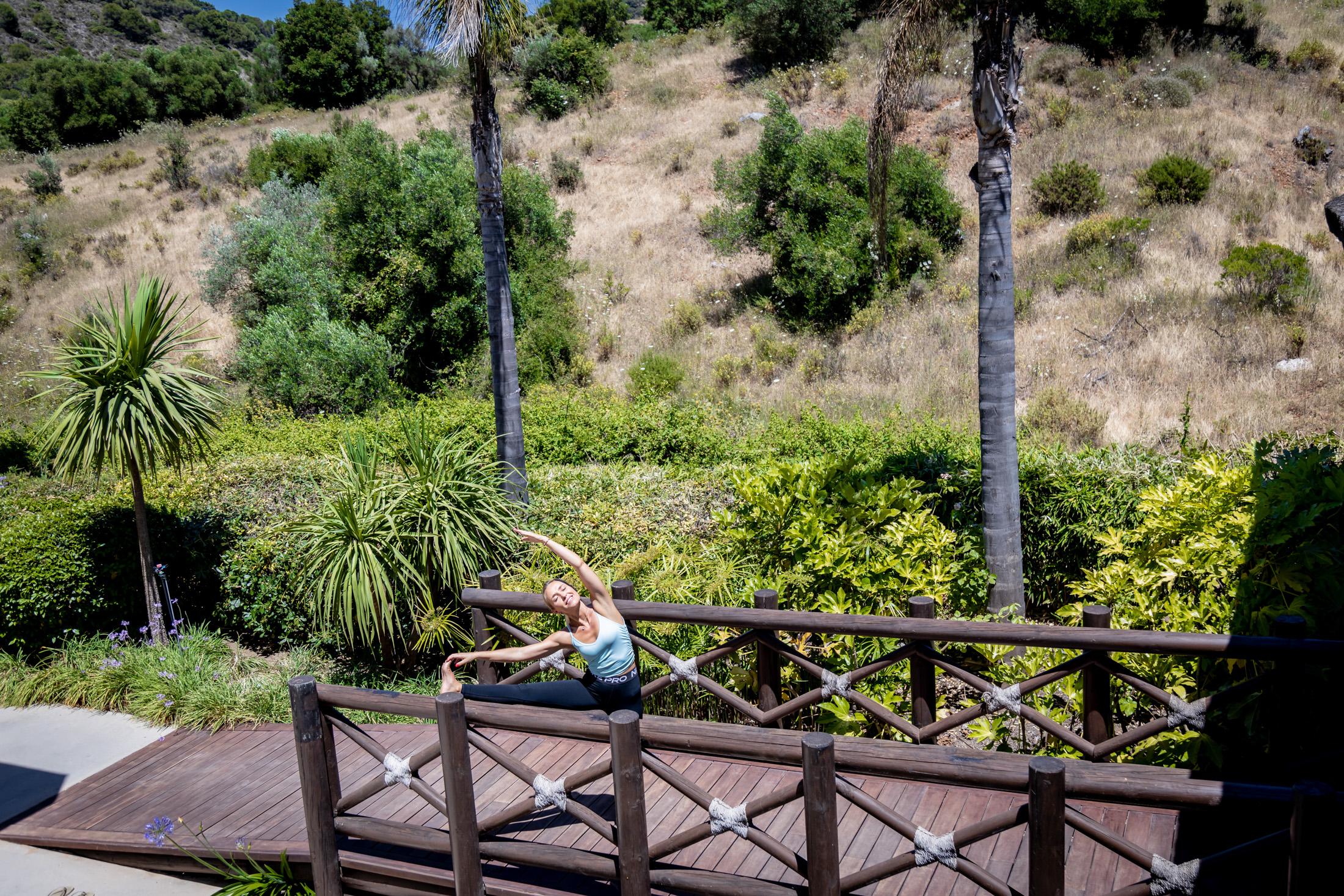What kind of Yoga is Vinyasa
Vinyasa yoga classes link physical postures with the breath, incorporating sun salutations and standing and balancing postures. Most teachers will cue movements in time with inhalations and exhalations to lead the class smoothly and rhythmically through a sequence. This is generally a free flowing, almost dance like movement, and when paired with the right music and instruction you will leave feeling relaxed and recharged.
Is Vinyasa Yoga ok for Beginners
At first, the synchronizing of movement with your breath in vinyasa can be a bit challenging. However, once you get the hang of it and establish a rhythm that works for your body, vinyasa can ultimately deepen your focus and awareness. Remember Yoga is your own practice, at your own pace. So don’t worry what your neighbour is doing or if you miss steps in the sequence. If you are struggling with your breath, know that it is okay to add extra breaths or to slow down and skip some movements to keep up with the flow of the class. Allow yourself to drop into the rhythm and flow of the practice rather than get caught up on specific poses or details.
Choosing the right Yoga teacher is important for Vinyasa yoga as they guide your mind and body through sequences of breathing and poses.
What is the difference between Vinyasa Yoga and Regular Yoga
There are so many different types of yoga so it can be confusing when looking at your studio’s class schedule.
Hatha yoga is a generic term that refers to any type of yoga that teaches physical postures. This generally means that you will get a gentle introduction to the most basic yoga postures. You probably won’t work up a sweat in a hatha yoga class as it offers a slower practice, but you will learn the foundations of each pose and should end up leaving class feeling longer, looser, and more relaxed. Vinyasa stands in opposition to hatha. Hatha classes focus on one pose at a time, with rest in between. In contrast, vinyasa classes string poses together to make a sequence and provides cardio and strength training as it links each breath to movement.
Ashtanga is a rigorous style of yoga that follows a specific sequence of postures and is similar to vinyasa yoga, as each style links every movement to a breath. The difference is that Ashtanga always performs the exact same poses in the exact same order.

Benefits of Vinyasa Yoga
Because vinyasa yoga keeps you moving steadily, this heart-pumping session may be a good addition to your cardio routine. Studies show that because of the fast-paced style of vinyasa, it acts as a light aerobic exercise. No two vinyasa yoga classes are the same, so if you hate routine and love to test your physical limits, vinyasa yoga may be up your alley.
Vinyasa yoga can help you find better balance and stability, both on and off the mat. Mindfulness is a main principle of vinyasa, which will help you move between yoga poses more smoothly.
What does Vinyasa Yoga involve
Vinyasa movements are best supported by the ocean sounding breath or Ujjayi Pranayama. This breathing technique slows the breath rate down, increases mental focus, and helps to warm and energize the body. During a Vinyasa class, it is very important to pay close attention to your breathing. When you feel your breath becomes short, shallow, or constrained, it is a signal to slow down and take a break. When this happens, it’s a good idea to move into a child’s pose for a few breaths.
Vinyasa yoga encourages self-reflection and mindfulness. Our Yoga classes at Shanti-Som guide students to be aware of each movement, breath and sensation, and every thought and feeling, to open up a window into who we really are and what we want in life. This is how yoga becomes a practice of self-transformation and healing.
The phrase “take a vinyasa” or “move through your flow” is a common cue used by yoga instructors in classes. This cue refers to moving through a specific sequence of poses. The sequence includes 4 key poses which are linked with your breath:
- Inhale to Plank pose
- Exhale to Chaturangaor Knees Chest Chin pose
- Inhale to Upward-Facing Dog or Cobra pose
- Exhale to Downward-Facing Dog
Here is a short video which demonstrates the Vinyasa Flow.

